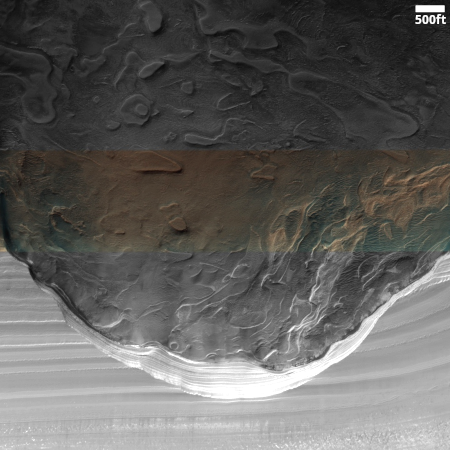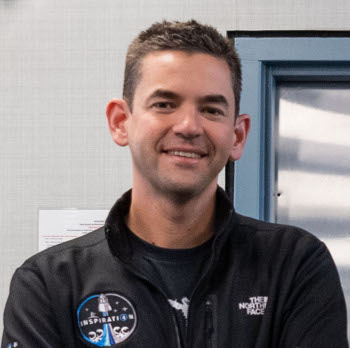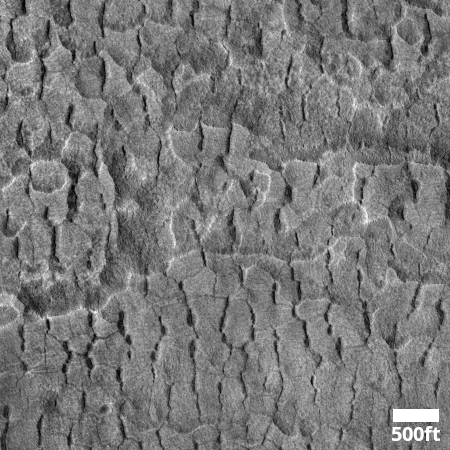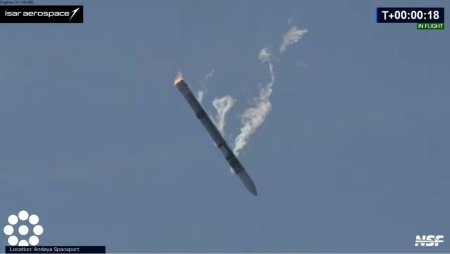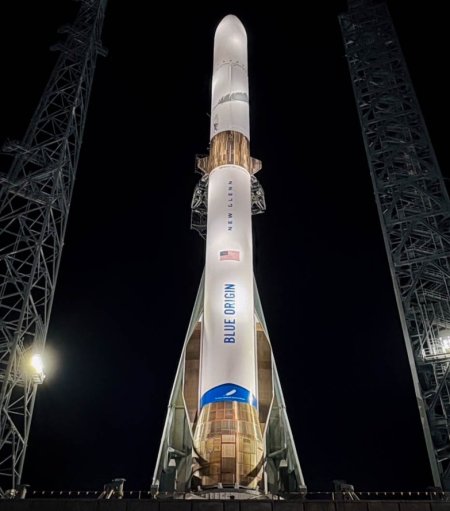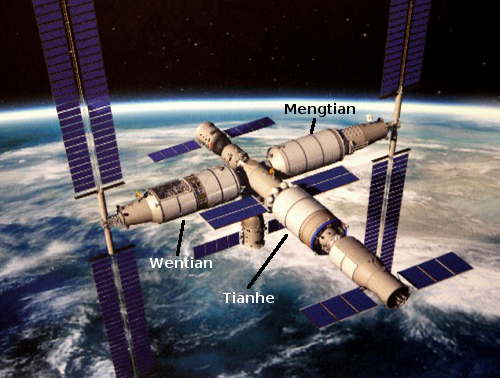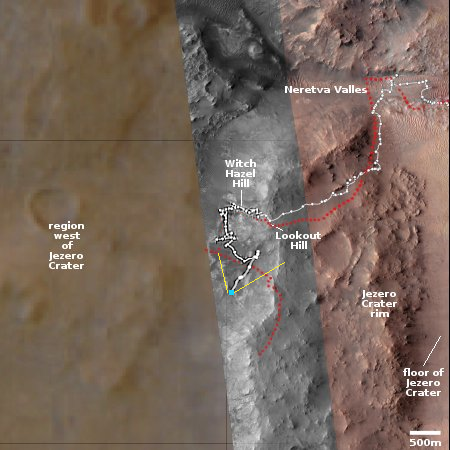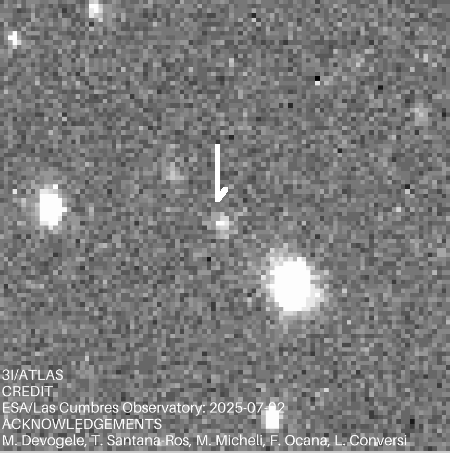As a historian who likes to read (from real books that I can pick up and feel, not digital versions that make true understanding and absorption difficult), I am routinely reading at least two histories about America’s past at any one time.
For example, I previously had read two great biographies of T.E. Lawrence (of Lawrence of Arabia fame) and Cornelius Vanderbilt (who dominated the American transportation industry in the first half of the 1800s). More about each in future essays, as I think I will start reviewing these books as I finish them.

Believe it or not, this is actually an amazingly
accurate rendering of the first Thanksgiving
Today’s essay however is about two books I finished yesterday, both about two very different periods in American history. Both however had the exact same flaws, typical of the early 2000s when they were written, despite being very detailed and accurate efforts. The books:
The first was published in 2006, and was an attempt to describe in detail the story behind the settlement of Pilgrims in New England in first half century after they arrived in 1620.
The second was published in 2003, and was an attempt to tell the story of the defeat of Japan in World War II, achieved mostly because of the advent of the airplane in reshaping warfare. While ground troops took island after island in the Pacific, in the end it was the air war against Japan itself that eventually forced its surrender. Bradley focuses on telling us the story of the pilots and crews in that air war.
As I already noted, both books do excellent jobs detailing very accurately in vivid terms the events involved. For anyone who wishes to learn something about these significant events of our nation’s history, I recommend them highly.
However, that recommendation comes with one major caveat. In both cases, the authors were handicapped by certain modern academic paradigms that crippled their ability to see the larger context of events. Those paradigms demanded that both historians treat all the cultures involved as morally equivalent, and because of this both writers miss entirely the greater moral fundamentals that moved the Western side of both stories.
For example, let’s take Philbrick’s fascinating history of the Pilgrims.
» Read more


